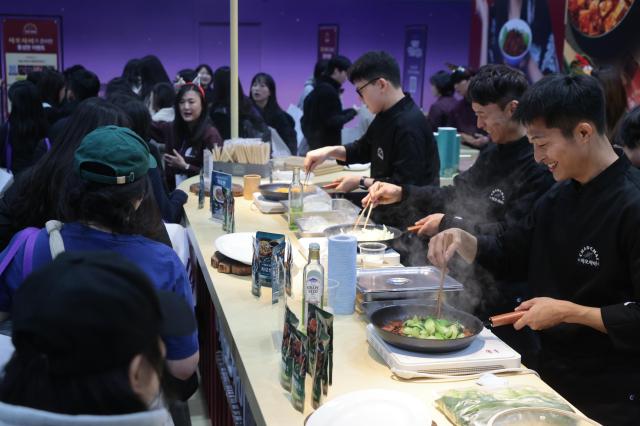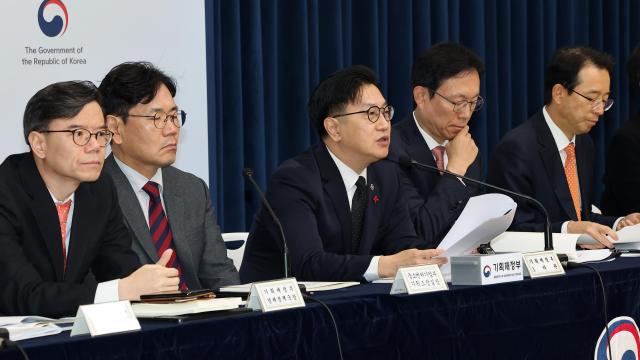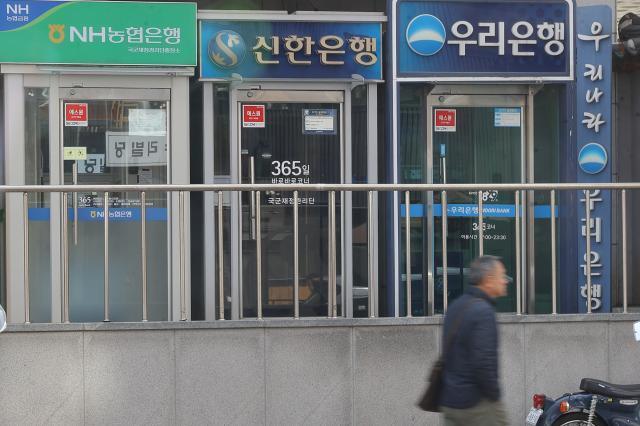
This marked a significant jump above the overall consumer price index, which rose 2.3 percent.
The price index for dining reached 121.01, with cafeteria prices experiencing the sharpest increase at 6.9 percent – the highest since records began in 2001.
Popular menu items saw substantial price hikes. Boxed meals led the way at 5.9 percent, followed closely by hamburgers (5.4 percent) and gimbap (5.3 percent). Other favorites like chicken and naengmyeon (Korean cold noodles) also saw significant increases, rising 4.8 percent and 4.2 percent, respectively.
Even budget-friendly options like convenience store meals were impacted, with mass-produced boxed meals and gimbap increasing by 4.9 percent and 3.7 percent, respectively.
The surge in food prices is largely attributed to reduced agricultural production. Overall, agricultural product prices rose 5.9 percent, with fruits experiencing a dramatic 16.9 percent increase and vegetables rising 8.1 percent.
"The factors affecting food prices are becoming increasingly complex and diverse, including climate change and exchange rates," said Jung Ji-yeon, secretary general of the Consumers Union of Korea. "At this rate, the food price index will continue to rise this year."
In response to rising costs, retail chains are introducing budget-friendly options, including discounted gimbap and chain buffet entries.
Copyright ⓒ Aju Press All rights reserved.





View more comments